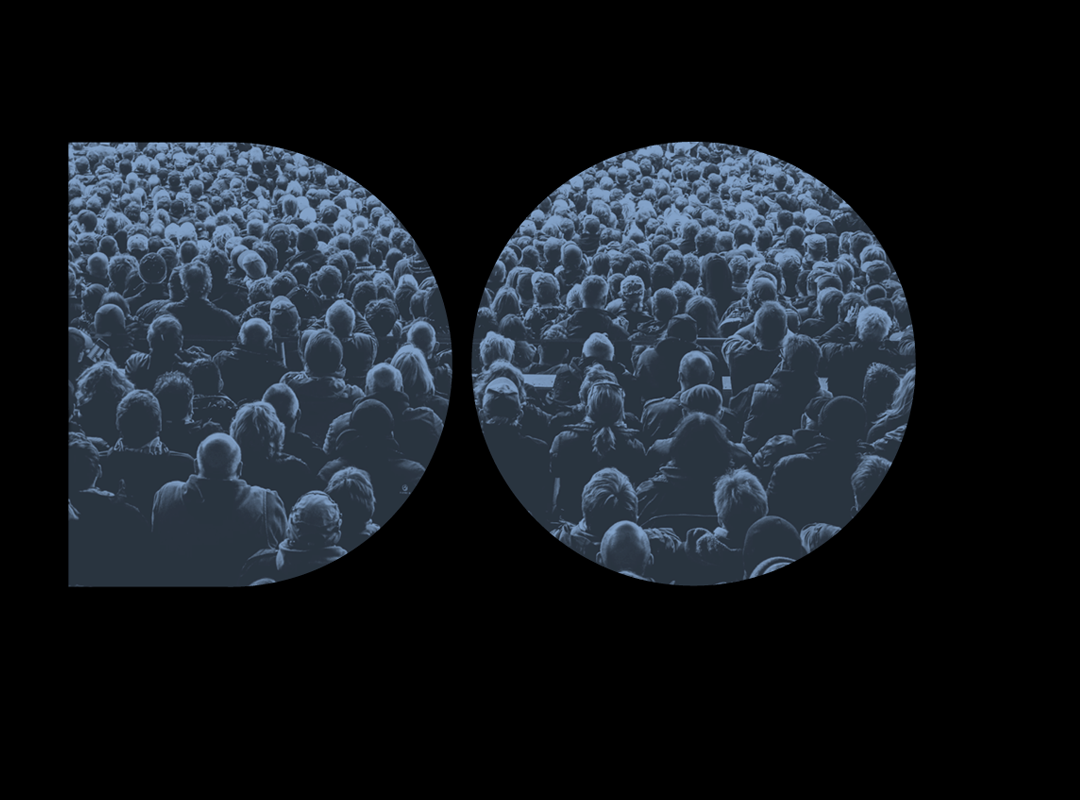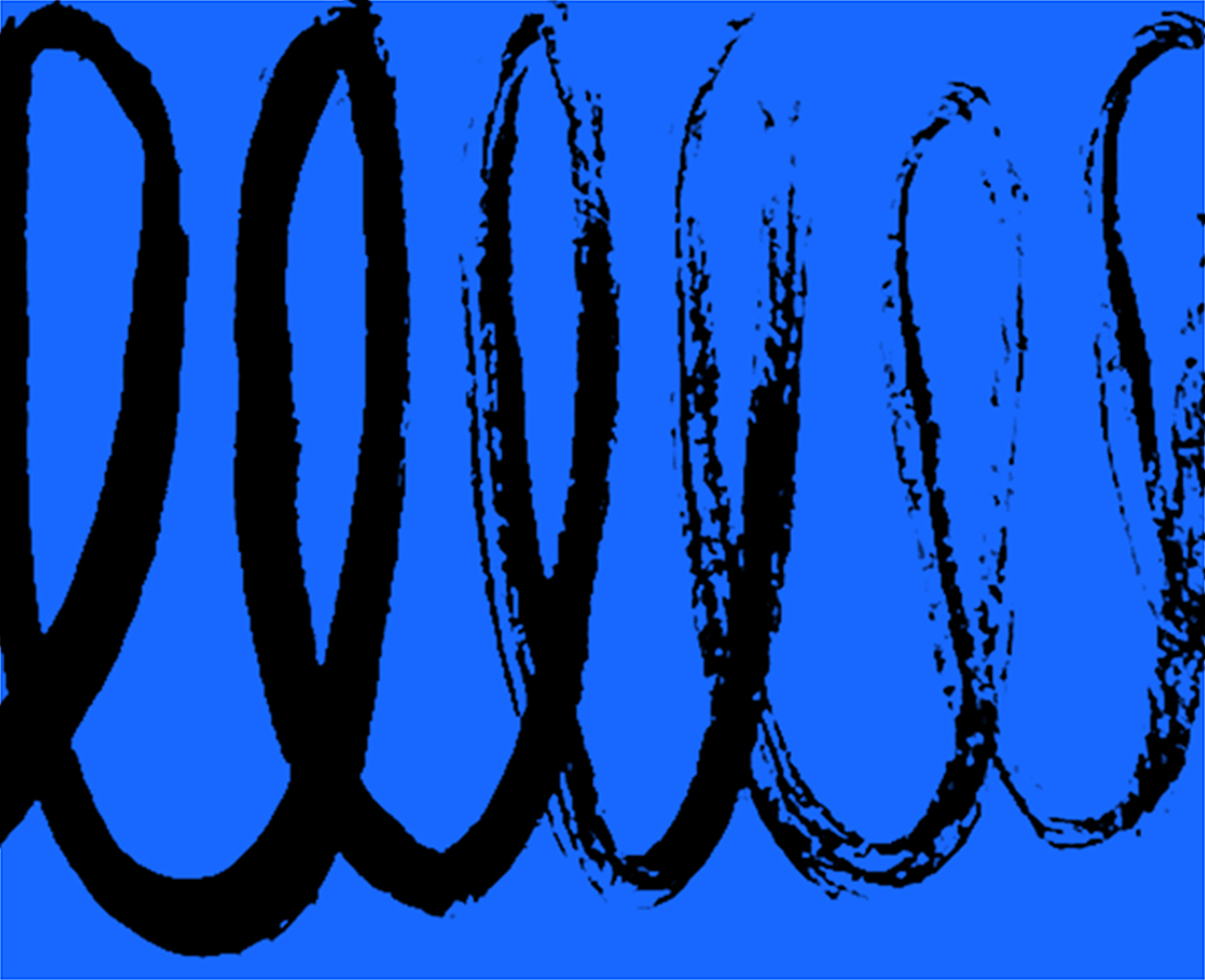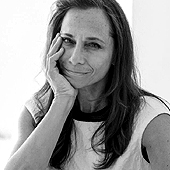
March 12, 2004
The DNA of AND: Ampersand as Myth and Metaphor
From corporate rhetoric to consumer cliché to faux finishes and desktop veneer, truth has gone from being a steadfast principle to a silly posture. Once the stuff of morals and fables, its presence in everyday life has become an imperiled commodity. We’re left with a culture teeming with contradiction: Reality TV. Fuzzy Math. Jumbo Shrimp. Political Intelligence.
Is it real or is it memorex?
If form is driven by content, then the consequences of this shaky reality have driven us further from the utopian promises of modernism than any of us ever dared to imagine.
Wither the ampersand?
In a decidedly non-utopian analysis of current design thinking and practice, the ampersand provides a unique lens through which to examine truth as an ideal — and design as a reality. Bill and I spending a week this summer at the Maine School of Art working with students and contemplating the fates and fictions of and and and.
Letterpress printers have long grouped the ampersand along with other assorted marks (including the asterisk and number sign) under the loose rubric of “allsorts.” See the separated-at-birth diptych above: not quite punctuation mark and not quite ligature, the ampersand is a confection to be savored, indeed.
Observed
View all
Observed
By Jessica Helfand
Related Posts

Business
Courtney L. McCluney, PhD|Essays
Rest as reparations: reimagining how we invest in Black women entrepreneurs

Design Impact
Seher Anand|Essays
Food branding without borders: chai, culture, and the politics of packaging

Graphic Design
Sarah Gephart|Essays
A new alphabet for a shared lived experience

Arts + Culture
Nila Rezaei|Essays
“Dear mother, I made us a seat”: a Mother’s Day tribute to the women of Iran
Recent Posts
Courtney L. McCluney, PhD|Essays
Rest as reparations: reimagining how we invest in Black women entrepreneurs Food branding without borders: chai, culture, and the politics of packaging Why scaling back on equity is more than risky — it’s economically irresponsible Beauty queenpin: ‘Deli Boys’ makeup head Nesrin Ismail on cosmetics as masks and mirrorsRelated Posts

Business
Courtney L. McCluney, PhD|Essays
Rest as reparations: reimagining how we invest in Black women entrepreneurs

Design Impact
Seher Anand|Essays
Food branding without borders: chai, culture, and the politics of packaging

Graphic Design
Sarah Gephart|Essays
A new alphabet for a shared lived experience

Arts + Culture
Nila Rezaei|Essays

 Jessica Helfand, a founding editor of Design Observer, is an award-winning graphic designer and writer and a former contributing editor and columnist for Print, Communications Arts and Eye magazines. A member of the Alliance Graphique Internationale and a recent laureate of the Art Director’s Hall of Fame, Helfand received her B.A. and her M.F.A. from Yale University where she has taught since 1994.
Jessica Helfand, a founding editor of Design Observer, is an award-winning graphic designer and writer and a former contributing editor and columnist for Print, Communications Arts and Eye magazines. A member of the Alliance Graphique Internationale and a recent laureate of the Art Director’s Hall of Fame, Helfand received her B.A. and her M.F.A. from Yale University where she has taught since 1994.